Japanese cuisine is famous for its precision and elegance, reflecting a culture that highly values the art of cutting. Choosing the right Japanese knife is therefore crucial for anyone wishing to master this culinary discipline. In this guide, we'll explore the world of Japanese knives, from their careful manufacturing to their various types and brands, to help you choose the one that's perfect for your kitchen needs.
The art of cutting in the land of the Rising Sun
In the land of the Rising Sun, cutting food turns out to be an art in its own right. We will see together in the rest of this article how to cut food brilliantly, then we will then discuss the process of manufacturing Japanese knives so that they no longer hold any secrets for you!
Cutting food is a real discipline
Food cutting in Japanese cuisine is elevated to the level of an art, requiring not only impeccable technique but also a deep understanding of the properties of each food. The way food is cut directly influences its texture and taste in the finished dish. For example, cutting fish for sashimi must be carried out with surgical precision to preserve the texture and integrity of the flesh. Likewise, how you slice vegetables can affect how they cook and release their flavors. A good Japanese knife allows the chef to control the thickness and shape of the cuts, which is essential to respecting Japanese culinary traditions. Each type of knife has been designed to maximize efficiency and precision in these specialized tasks.

How are Japanese knives made?
The process of Japanese knife manufacturing is a blend of ancestral tradition and technological innovation. Traditional blacksmithing methods, known as "Honyaki" and "Kasumi", are used to create blades that are not only extremely sharp but also capable of retaining their edge longer. Manufacturing begins with the selection of high-quality steels, often an alloy of iron and carbon, which is heated to high temperatures and then hammered repeatedly. This process of bending and forging steel is not only intended to form the blade, but also to strengthen its structure, increasing its strength and flexibility.
After forging, the blade is carefully sharpened by hand on a series of whetstones, each stone having a different grit to gradually refine the edge of the blade. This manual sharpening process, although time-consuming, is crucial to achieving the razor sharp edge that is a signature of high-quality Japanese knives. Finally, each knife is thoroughly inspected to ensure it meets rigorous standards of quality and performance before leaving the workshop.
This meticulous attention to detail makes Japanese knives not only kitchen tools, but also works of art, respected for their beauty as much as their functionality.

Which Japanese knife to choose, our complete guide
Before diving into the specifics of different types of Japanese knives, it is important to understand that a good knife should match both the nature of the culinary tasks you regularly undertake and your own style cutting. Whether you're a professional chef or an avid home cook, the right knife can dramatically change the way you cook.

The 10 most popular types of Japanese knives
- Santoku: A versatile knife, its name meaning "three virtues", refers to its ability to slice, chop and mince. Its wide, slightly curved blade is ideal for a variety of kitchen tasks.
- Gyuto: Japanese equivalent of the Western chef's knife, it is perfect for cutting meat and vegetables. Its blade is thinner and harder, offering exceptional precision.
- Nakiri: Designed specifically for vegetables, this knife with a rectangular blade allows you to make precise and fine cuts, ideal for preparing salads or garnishes.
- Yanagiba: Used mainly for sashimi, its long, thin blade allows the fish to be sliced continuously, resulting in clean, uniform slices.
- Deba: A sturdy knife used for cutting fish and poultry, its thick, heavy blade is capable of cutting thin bones and cartilage.
- Usuba: Similar to Nakiri but with an even thinner blade, used for carefully cutting leafy vegetables and making decorative cuts.
- Sujihiki: Similar to the Yanagiba but with a shorter and less curved blade, perfect for slicing meat and fish, especially for obtaining thin slices of roast.
- Honesuki: A small boning knife, with an angled blade that allows you to maneuver around bones, ideal for preparing poultry.
- Petty: A small paring knife, perfect for precise tasks like peeling, slicing or carving fruits and vegetables.
- Kiritsuke: Traditionally reserved for executive chefs in Japan, this knife can be used for a multitude of tasks, combining the characteristics of a Gyuto and a Yanagiba.

Our top 10 best Japanese knife brands
- Shun: Renowned for its beautiful damask blades and impeccable quality, Shun is a must-have brand for serious chefs and amateurs.
- Miyabi: A combination of Japanese forging techniques and German steel, Miyabi offers beautiful aesthetics and exceptional cutting performance.
- Yoshihiro: This brand offers a wide range of handmade knives, using traditional Japanese steels and ancestral forging techniques.
- Masamoto: Founded over 150 years ago, Masamoto is known for its high-quality professional knives used by many sushi chefs in Japan.
- Tojiro: An excellent entry-level for high-quality knives, Tojiro is well-loved for its excellent value for money.
- Kanetsune: Based in Seki, the cutlery town, Kanetsune produces knives that combine traditional aesthetics and modern performance.
- Global: Although non-traditional in design, Global knives are forged from a single piece of steel and are extremely popular for their maneuverability and modern style.
- Misono: Known for its extremely sharp and durable Swedish steel blades, Misono is a brand of choice for professional chefs.
- Sakai Takayuki: This brand is famous for its handmade knives that represent the pinnacle of Osaka craftsmanship.
- Aritsugu: Established as a weapons forge in 1560, Aritsugu has become a benchmark for premium kitchen knives, with a particular emphasis on knives for traditional Japanese cooking.

You will have understood throughout this article that choosing the right Japanese knife is a decision that must be guided by quality, functionality and personal cutting style. This guide aims to provide you with the information you need to make an informed choice. Remember that investing in a good Japanese knife is a valuable addition to your culinary arsenal, which, with proper care, can last a lifetime. Happy cutting!





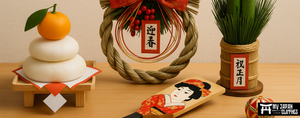
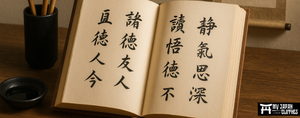



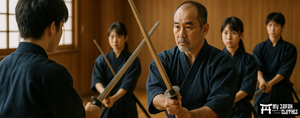


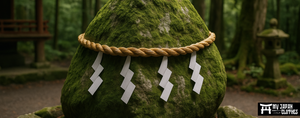



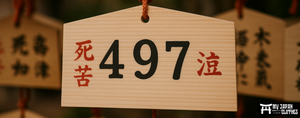
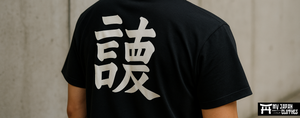
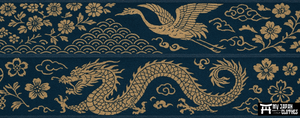





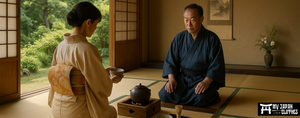

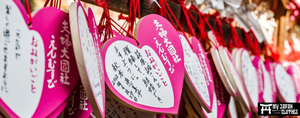


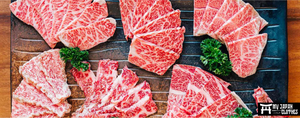
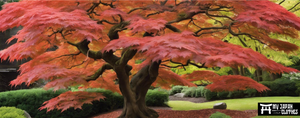
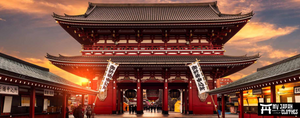
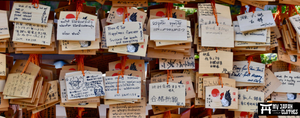

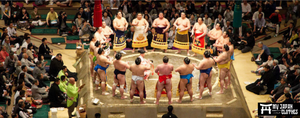















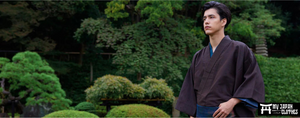
Leave a comment